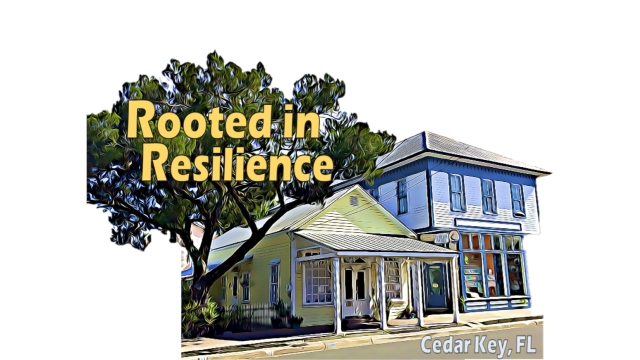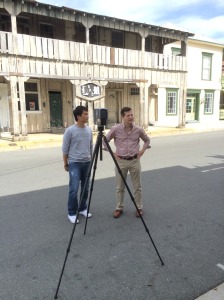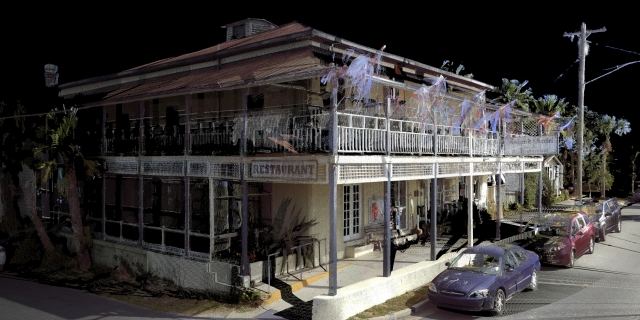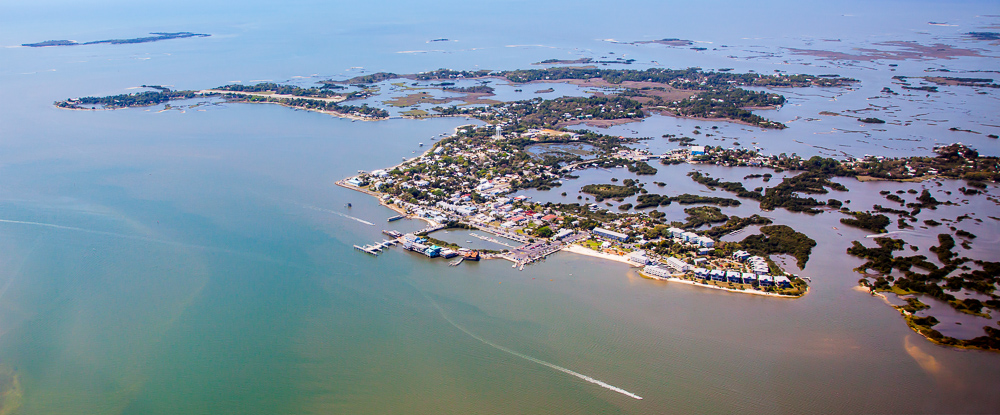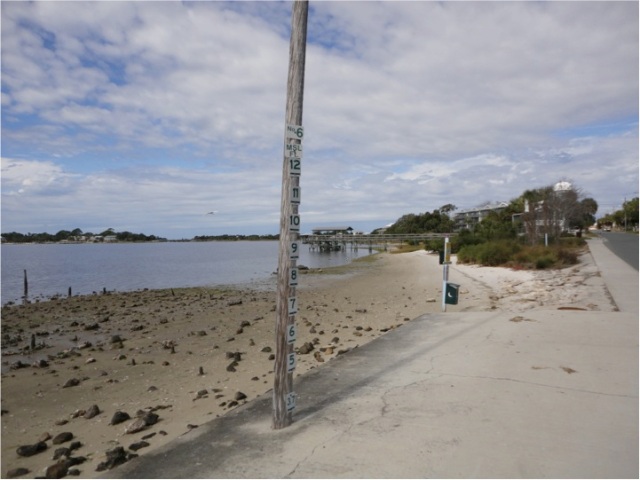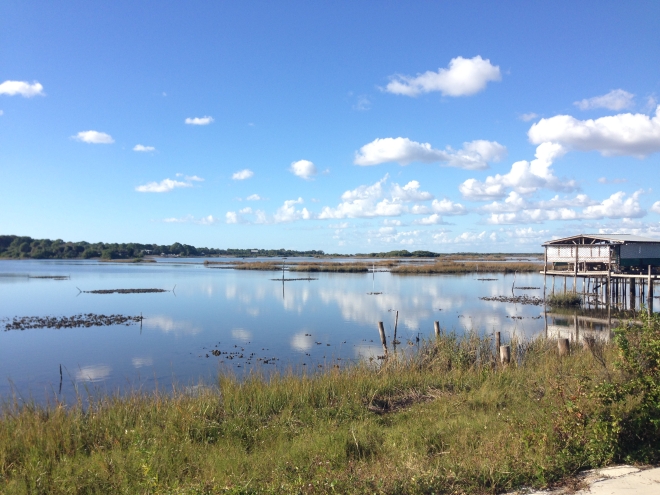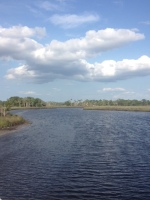Cedar Key, Florida, is a leader among small coastal cities in incorporating resilience into everything they do. The recently completed website Resilient Cedar Key showcases the wide range of projects and policies the city, its residents, and their partners have implemented to lower the risks associated with storms and long-term sea level rise. The website also catalogs potential projects and policies for consideration, since resilience is an ongoing endeavor. The website is thus intended to be a comprehensive, integrated information source for everyone who cares about Cedar Key, as well as other communities working towards resilience.
The Resilient Cedar Key website was created by the University of Florida research team in the Department of Urban and Regional Planning who also led the projects “Planning for Coastal Change in Levy County” and “Reimagining Cedar Key,” which are profiled on ChangingLevyCoast.org. The Resilient Cedar Key website’s current projects and policies information was compiled through interviews with Cedar Key leaders, and the potential strategies are based on the team’s research experience.
The Resilient Cedar Key website’s Introduction page discusses the concept of resilience and contains a map showing all current and potential project locations. The FAQs page addresses other common questions and provides a way to navigate to specific interests within the website.

The major part of the website describes projects and policies, current and potential, organized by the following topics:
Water – Strategies promoting water safe and potable water, saltwater intrusion caused by sea level rise, and accessibility of water resources by residents.
Development – Development and infrastructure projects that increase the resilience of Cedar Key against sea level rise and adverse weather impacts (sea wall, raised buildings and roads, etc.)
Ecological – Ecological strategies, such as living shorelines, which benefit both the built and natural environment by fortifying ecosystems and providing natural protections against storm damage and erosion.
Economic – Economic concerns, such as funding limits and solutions.
Culture – How local culture can interface with implementing adaptive strategies for the longevity and resiliency of Cedar Key.
Communication – Stakeholder collaboration at the at the resident, decision-maker, and municipality scales.
Planning – Community planning strategies for better preparedness and action plans for future adverse events threatening Cedar Key.
Compact Community Design – How a compact community design can be beneficial in minimizing storm impacts and carbon footprints.
We hope that the information in Resilient Cedar Key will empower residents in adopting resilient strategies to benefit themselves and their community, will facilitate coordination among groups working in Cedar Key, and will inspire comprehensive, integrated resilient strategies in communities across Florida and beyond.







